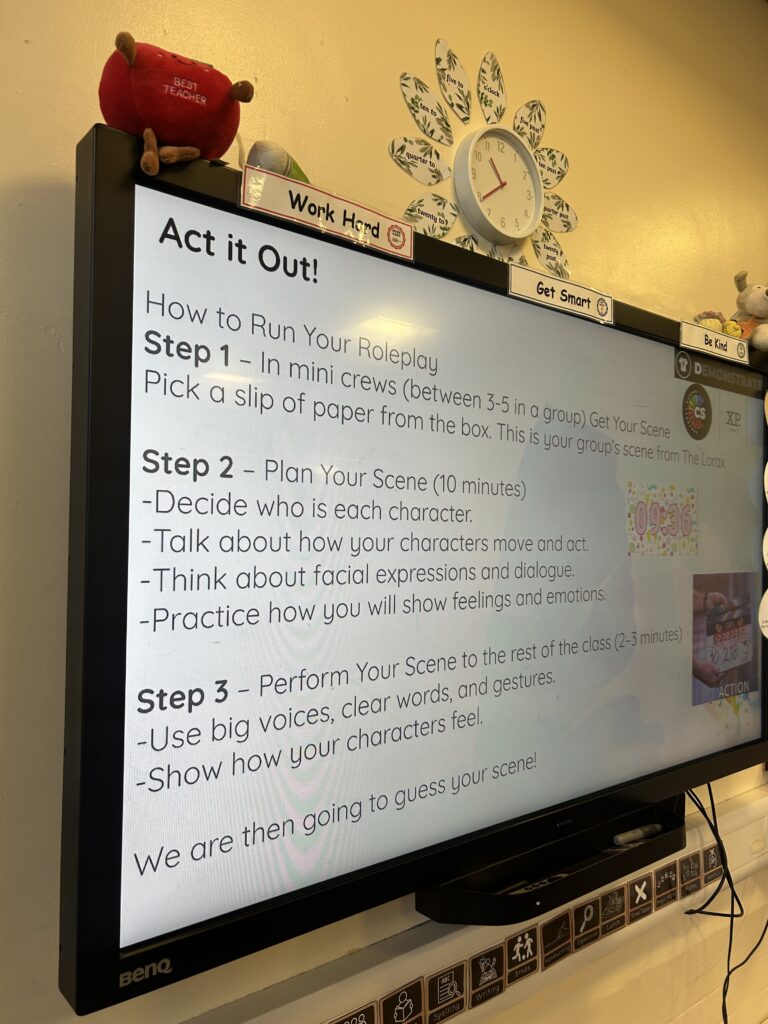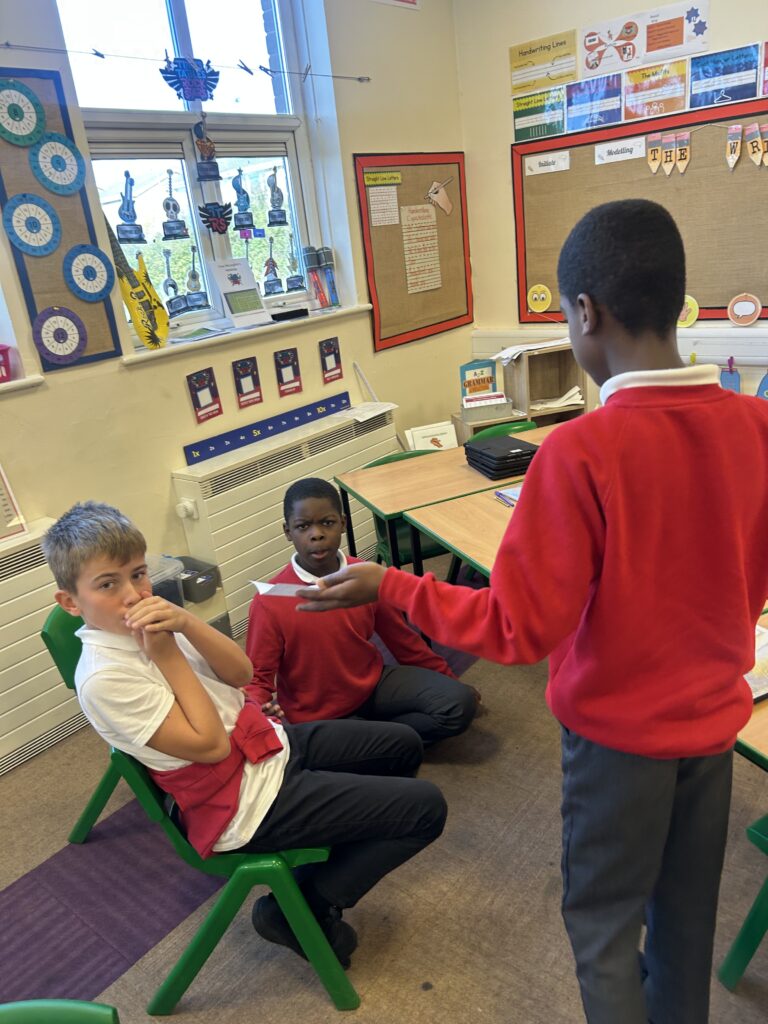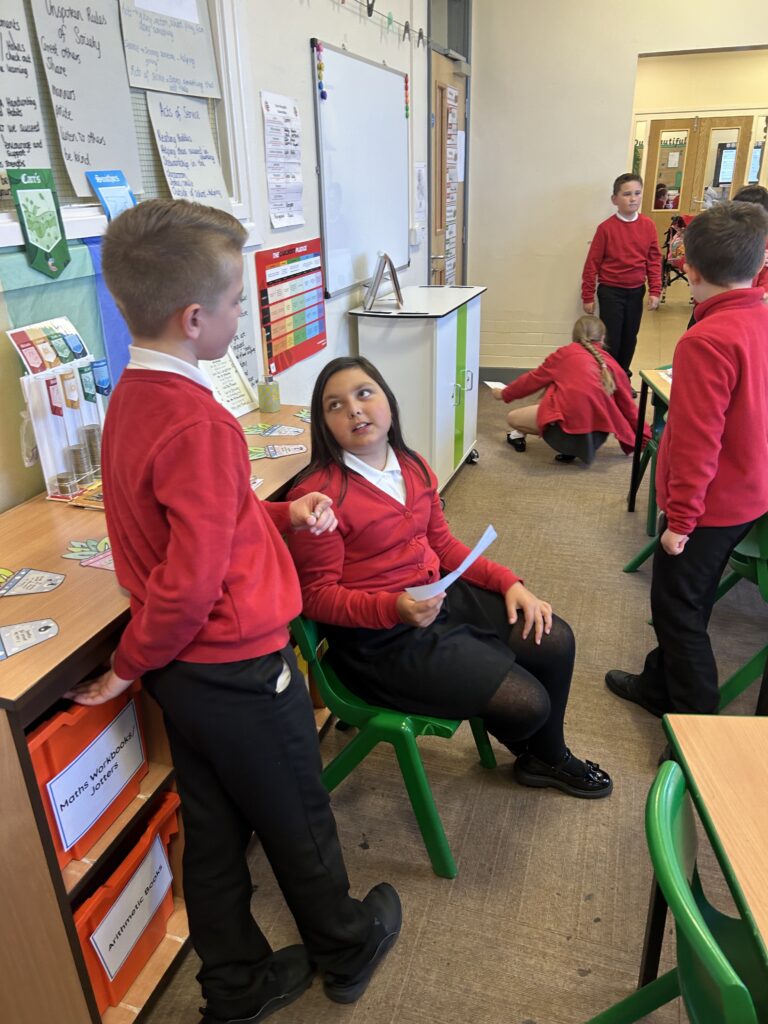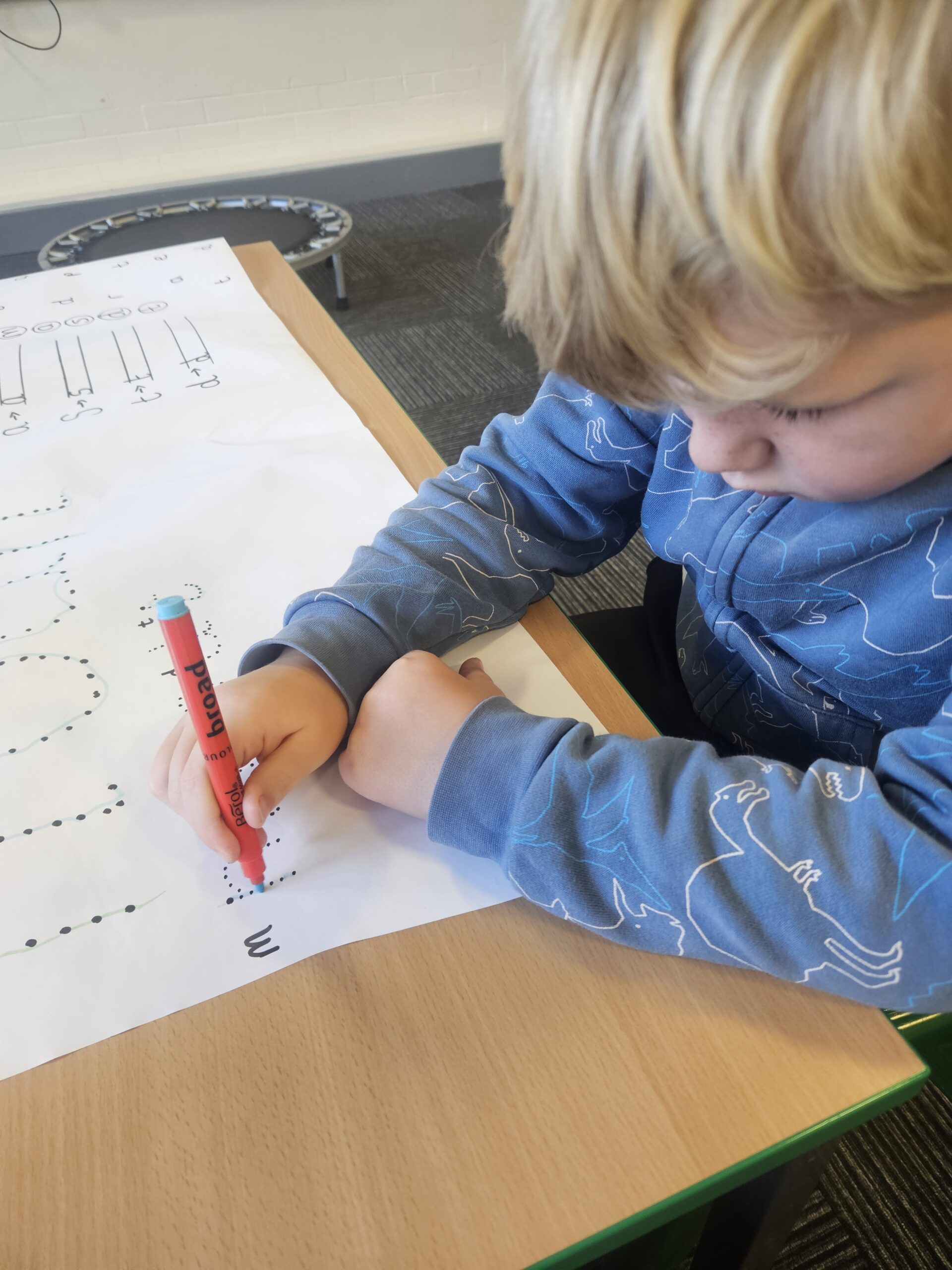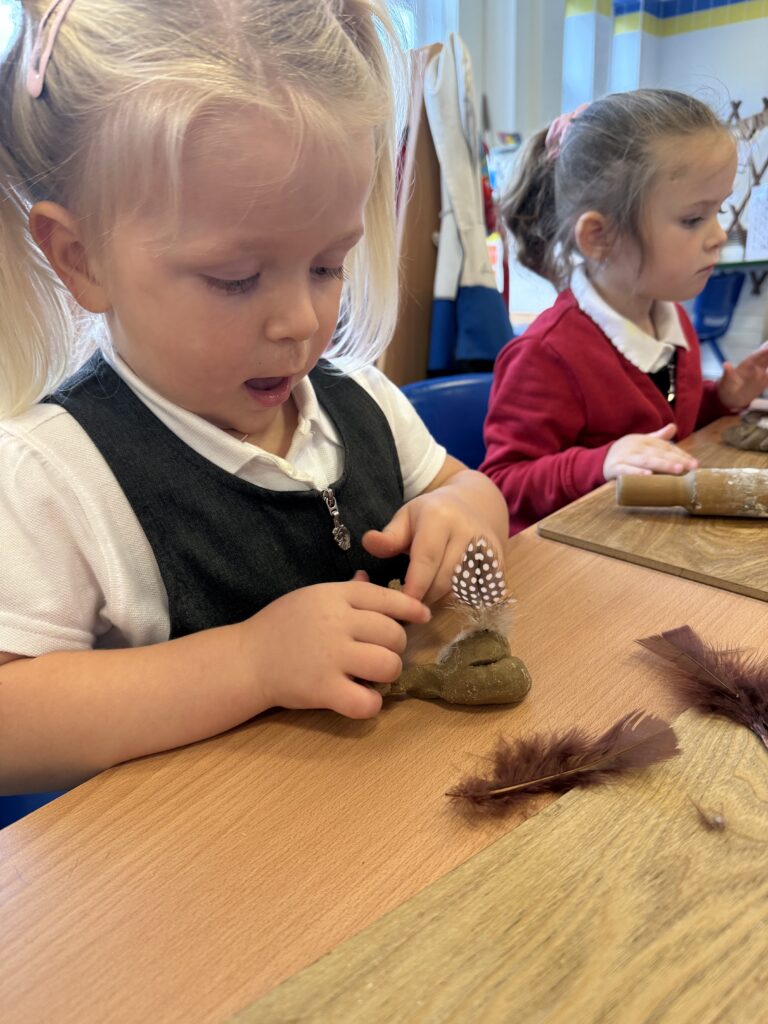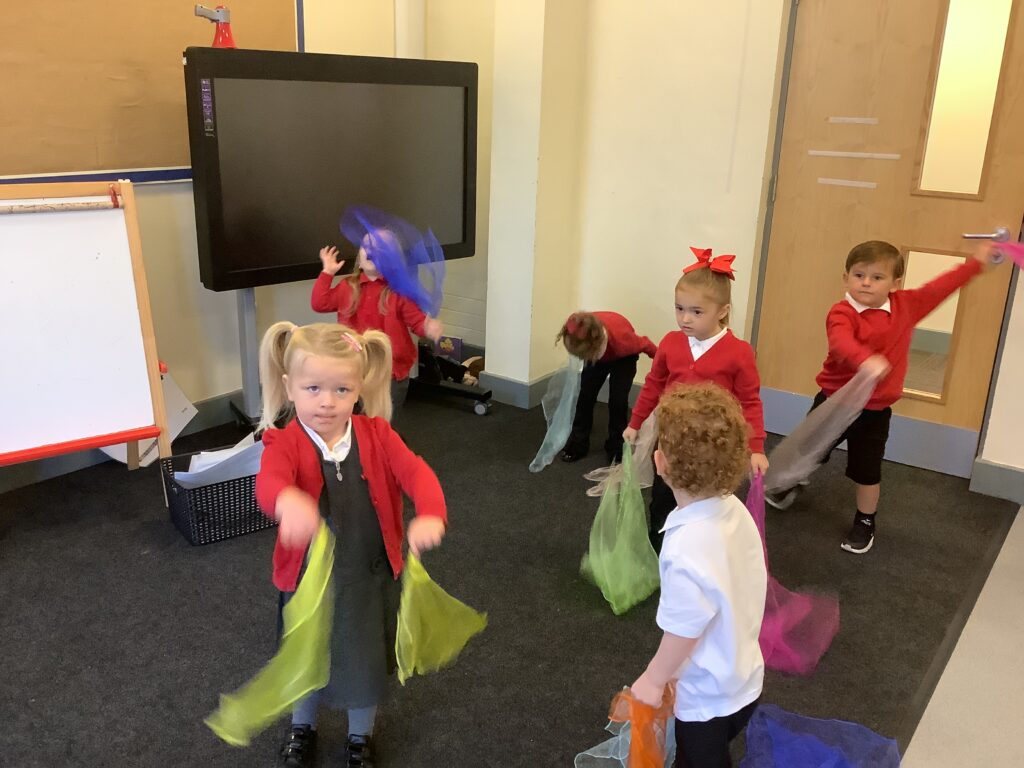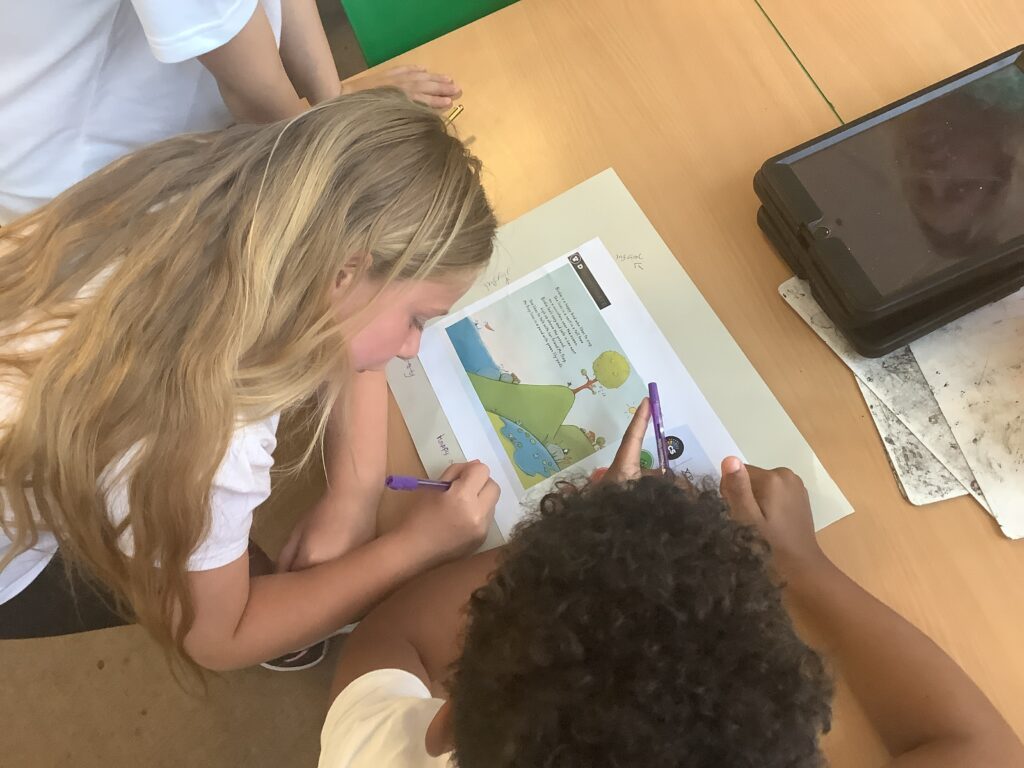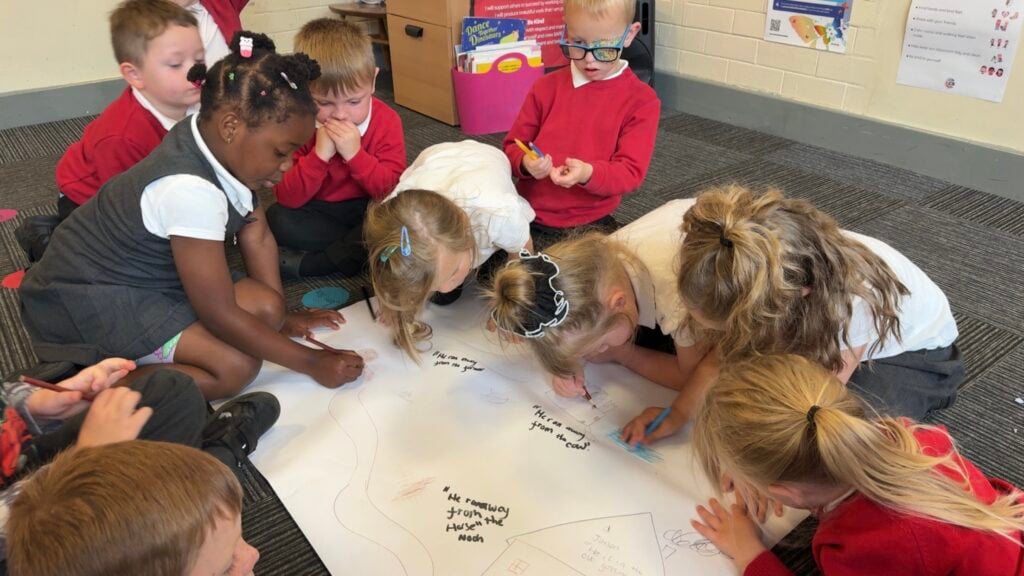In Crew Ramsay, we have been getting to know Vlad The Flea. We had a story time, watched videos about The Great Fire of London, learned new words for ‘little’ and then did a whip-around protocol to share facts about Vlad. We are now so excited to get writing about Vlad in our Literacy topic!






